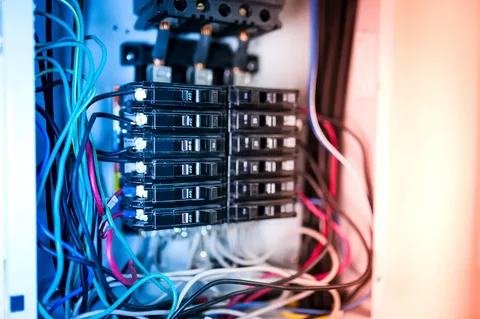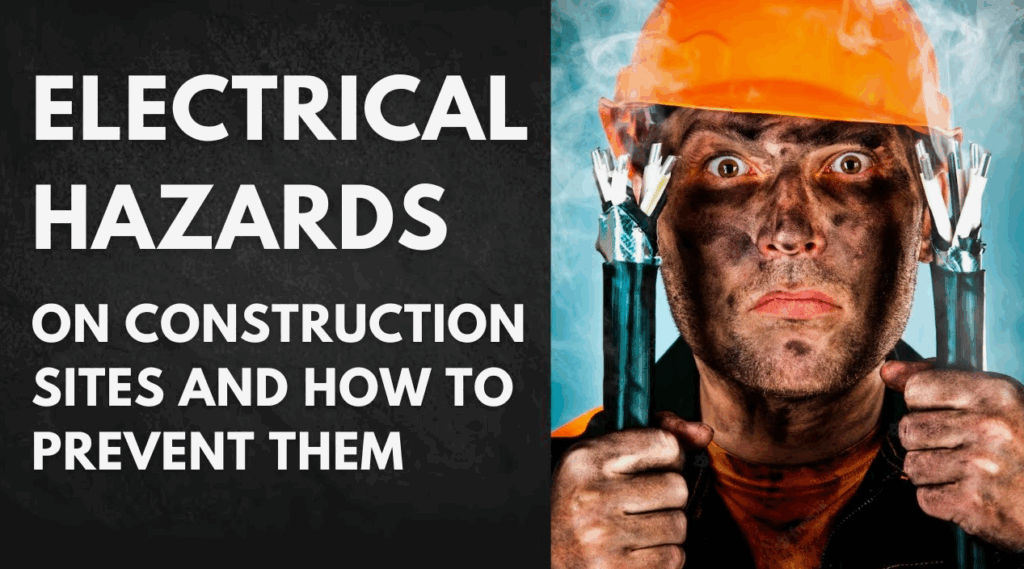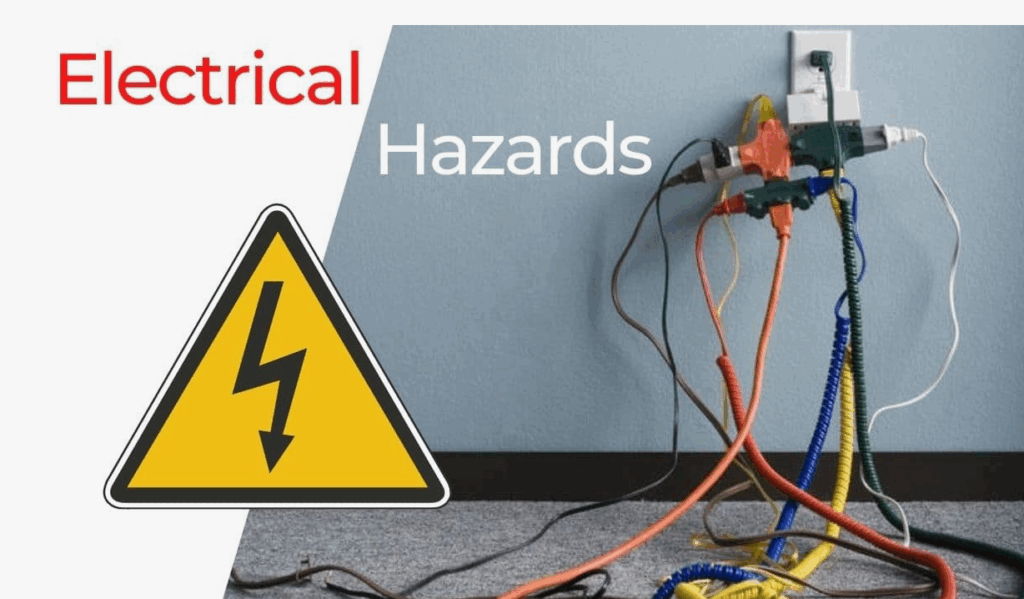Introduction
Knob and tube wiring is a traditional, yet outdated, electrical wiring system. It was common from the late 1880s to the 1940s. Talking about its features, it was identified by single insulated copper conductors enclosed by ceramic tubes and anchored by ceramic knobs where they pass through the framing. Due to its old age and lack of a grounding conductor, it is often considered a safety hazard, especially with modern appliances and their electricity load requirements. Though it is frequently recommended for replacement, there is still no mandatory code for removal.
Knob And Tube Wiring: The Concept And Evolution
Knob and tube wiring was considered a safe, sound, and secure wiring method from the late 1880s until the 1940s. It was mostly common in North America, but then the idea traveled fast with the advent of globalization. The idea was to create an insulated channel for electricity to pass (copper wires covered in ceramic tubes), supported by knobs (made of ceramic or plastic), and the wires were to be assembled and anchored by framing. Today, it is an outdated electrical wiring system, not common in modern houses, due to its lack of a grounding feature.
Upgrading Is A Must: Why Knob And Tube Wiring Isn’t Right For You
Knob and tube wiring, while an effective wiring method in the past, poses some safety hazards in contemporary architecture and modern homes.
Here’s why knob and tube wiring isn’t right for your home:
-
Grounded Reality
It lacks a ground wire or grounding conductor, which escalates the safety risks. It could lead to electrical shocks or even fire hazards. Modern electronics and appliances need grounding for safe operation.
-
Overload Hazards
Considering the age of knob and tube wiring, such an old system can’t handle the load of modern electrical needs of a house. With numerous electrical appliances in use and excessive electrical needs, an upgrade is a must.
-
Damaged, Deteriorated, Or Destroyed
Lack of upgrading and excessive use or overloading of the knob and tube wiring system may have caused the insulation to deteriorate or wires to be damaged. This could lead to potential safety or fire hazards.
-
Ineffective or Unsafe Modifications
Even the modifications of the system might not be an ideal situation. Here’s why:
| Upgrading to a modern electrical panel | It can add safety, but it won’t solve the grounding issue. |
| Installing a ground fault circuit interrupter (GFCI) | This can add an extra layer of protection, but again, the wiring is old, and the panels are, too. A full-blown replacement will be required. |
| Rewiring | Rewiring is a good option, but rewiring a whole house can be extremely costly and time-consuming. |
Lower Property Value
If your house has old knob and tube wiring, it wouldn’t be an ideal option in the real estate market. Your property’s value in the market would automatically decrease. Hence, an upgrade is a must in such cases.
Signs That Your Home Has Knob and Tube Wiring:
Identifying if your home has knob and tube wiring is essential for assessing the safety of your home. Here are some signs that you may have knob and tube wiring:
- If your home was built between the late 1800s and the 1940s.
- Ceramic knobs and tubes in your basement or attic (where the wiring is visible).
- Two-wire system without a ground wire.
- No three-prong outlets for grounded plugs
| Pro tip:
If you still can’t assess if your house has knob and tube wiring, even after checking all these signs, hire a professional electrician to inspect your electrical system. |
What to Do Next: A Guide to Replace Knob and Tube Wiring
Here’s what you have to do if you detect knob and tube wiring in your home. (Yes, we’re talking about replacement; there is no other sustainable option in 2025.)
- If your home has knob and tube wiring, schedule a professional home inspection first.
- A qualified home inspector will assess its condition.
- Then consult a licensed electrician, whether you just want professional assistance or need to replace the wiring.
- Plan the budget accordingly.
| Pro Tip:
You need to inform your insurance provider or company. They might require upgrades before issuing or renewing your property’s insurance policy. |
Conclusion
Hence, in a nutshell, replacing knob and tube wiring is not an option but a necessary upgrade your house deserves and, honestly, you as well. You don’t need your house to be unsafe and your electrical system to be a potential fire hazard, right? Considering the safety hazards like lack of grounding, deteriorated panels, damaged wires, lack of insulation, etc., it is recommended to consult a professional, licensed, and insured electrician or a trusted company that could help you with knob and tube wiring replacement. It’s never too late to make your house and your family secure.
FAQs:
Why is knob and tube wiring dangerous?
Knob and tube wiring is considered dangerous because of the lack of a grounding wire, worn insulation, and ineffective or unsafe modifications.
What is the replacement cost of knob and tube wiring?
It can cost around $5000 to $10,000, depending on the size and complexity.
What happens if you touch knob and tube wiring?
You might get an electric shock if you touch knob and tube wiring due to potentially degraded insulation or unsafe modifications.



